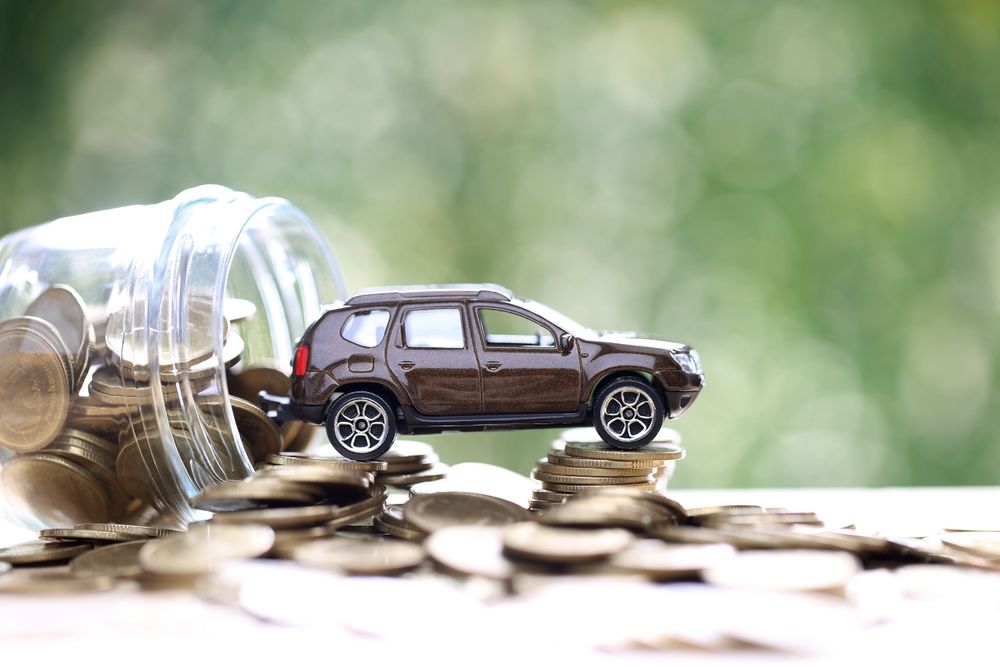The first year of your baby’s life is an exciting, joyful, and life-changing experience—but it can also be incredibly expensive. Between diapers, formula, medical checkups, clothing, and baby gear, many new parents spend thousands of dollars before their child’s first birthday. Fortunately, with some smart planning and budgeting, you can cut costs while still providing everything your baby needs.
Here’s a comprehensive guide on how to save money during your baby’s first year, covering everything from diapers and formula to childcare and medical expenses.
1. Budgeting and Planning Ahead
Before your baby arrives, it’s essential to plan your finances to avoid overspending.
a) Set a Baby Budget
- Track your expected costs (diapers, formula, medical expenses, baby gear, childcare).
- Identify areas to cut unnecessary spending.
- Prioritize must-haves over nice-to-haves.
b) Take Advantage of Baby Registries and Gift-Giving
- Many stores (Amazon, Target, Walmart) offer free baby registry gifts.
- Create a registry with essentials so friends and family help cover costs.
- Politely ask for practical gifts instead of fancy baby gear.
c) Buy Only What You Need (Avoid Baby “Extras”)
- Many baby products are marketed as essential but aren’t necessary.
- Focus on practical purchases like diapers, a crib, and baby clothes.
- Skip unnecessary items like wipe warmers, designer baby clothes, and expensive toys.
2. Saving on Diapers and Wipes
Diapers are one of the biggest expenses in your baby’s first year. On average, parents spend $70 - $100 per month on diapers alone.
a) Buy Diapers in Bulk
- Warehouse clubs (Costco, Sam’s Club, Amazon Subscribe & Save) offer bulk discounts.
- Buying larger diaper sizes in bulk saves money in the long run.
b) Consider Cloth Diapers
- Cloth diapering requires a higher upfront cost ($300 - $500) but saves thousands over time.
- Cloth diapers are reusable and reduce waste.
c) Use Store-Brand Diapers and Wipes
- Store-brand diapers (Target’s Up&Up, Walmart’s Parent’s Choice) are half the price of premium brands.
- Many parents report that generic diapers perform just as well as name brands.
d) Sign Up for Diaper Rewards Programs
- Brands like Huggies and Pampers offer cashback and rewards points.
- Trade-in points for free diapers or baby gear.
3. Cutting Down on Formula and Feeding Costs
a) Breastfeed If Possible (Significant Savings: $1,500 per year)
- Formula feeding can cost $1,200 - $2,500 per year.
- If you breastfeed, request a free breast pump through insurance.
- Join a breastfeeding support group for guidance and tips.
b) Use WIC or Formula Assistance Programs
- Families meeting income requirements can receive free formula through WIC.
- Some formula brands offer coupons and discounts if you sign up on their websites.
c) Buy Formula in Bulk and Use Generic Brands
- Store-brand formulas (Costco’s Kirkland, Target’s Up&Up) have the same nutrients as premium brands but cost 40-50% less.
- Sign up for subscriptions (Amazon, Walmart) for formula discounts.
d) Make Your Own Baby Food (Saves $600 - $1,000 per year)
- Store-bought baby food can cost $1-$2 per jar—homemade baby food costs pennies per serving.
- Use a blender or food processor to puree fresh fruits and vegetables.
- Freeze homemade baby food in ice cube trays for convenience.

4. Saving Money on Baby Clothes
Babies outgrow clothes quickly—spending too much on baby fashion is unnecessary.
a) Buy Secondhand or Accept Hand-Me-Downs
- Thrift stores, consignment shops, and Facebook Marketplace offer gently used baby clothes for a fraction of retail prices.
- Many friends and family members love to pass down clothes their babies have outgrown.
b) Avoid Expensive Designer Brands
- Babies don’t need name-brand clothing.
- Stick to affordable brands like Carter’s, Target, and Old Navy.
c) Buy Bigger Sizes and Plan for Growth
- Babies grow fast—buy a size up to extend clothing use.
- Look for seasonal clearance sales to stock up on larger sizes for next year.
5. Smart Ways to Save on Baby Gear and Furniture
a) Buy Secondhand Baby Gear (Saves 50% or More)
- Strollers, high chairs, bassinets, and swings are often lightly used and available at deep discounts secondhand.
- Facebook Marketplace, Craigslist, and local thrift stores have great deals on baby items.
b) Skip Unnecessary Gear
- Wipe warmers, bottle sterilizers, and diaper stackers aren’t essential.
- Borrow big-ticket items (like swings and bassinets) from family or friends.
c) Convertibles Save Money
- Buy a convertible crib that turns into a toddler bed.
- A convertible car seat can last from infancy to toddlerhood (saving $100 - $300).
6. Cutting Costs on Medical Expenses
a) Use Your Insurance Benefits
- Many insurance plans cover well-baby checkups and vaccinations for free.
- Ask about free breastfeeding consultations and lactation support.
b) Find a Pediatrician Within Your Insurance Network
- Visiting out-of-network doctors can lead to higher co-pays and extra costs.
c) Choose a High-Deductible Health Plan with an HSA
- Health Savings Accounts (HSAs) allow tax-free savings for medical expenses.
7. Childcare and Parental Leave Savings
Childcare can be one of the biggest expenses during a baby’s first year.
a) Consider Family or Babysitting Swaps
- If possible, ask a trusted family member to help with childcare.
- Organize a babysitting swap with other parents to reduce costs.
b) Look into Employer Childcare Benefits
- Some workplaces offer childcare assistance or tax-free dependent care FSAs.
c) Explore Work-From-Home or Flexible Schedules
- If one parent can work remotely or adjust hours, you may save on full-time daycare costs.
8. Save on Toys and Entertainment
a) Babies Don’t Need Many Toys
- Babies learn best from interaction, not expensive toys.
- Use household items (wooden spoons, empty boxes) as playthings.
b) Join a Toy Swap or Library
- Many communities have toy lending libraries where you can borrow toys instead of buying.
c) Look for Free Activities
- Many libraries and community centers offer free baby storytimes and activities.
How Much Can You Save?
By following these smart money-saving strategies, parents can cut baby-related expenses by 30-50%.
Estimated First-Year Savings Breakdown
| Expense | Potential Savings |
|---|---|
| Diapers (Buying Generic, Using Cloth) | $500 - $1,000 |
| Formula (Using Generic, Breastfeeding) | $1,000 - $2,000 |
| Baby Food (Making Your Own) | $600 - $1,000 |
| Clothes (Buying Secondhand) | $300 - $700 |
| Baby Gear (Buying Used) | $500 - $1,500 |
| Childcare (Family Help, FSAs) | $1,000 - $5,000 |
| Medical Savings (Using Insurance, FSAs) | $500 - $1,500 |
| Total Possible Savings | $4,000 - $12,000 |
By making thoughtful spending decisions, parents can save thousands while still giving their baby the best care. A happy, healthy baby doesn’t require an unlimited budget—just smart financial planning!





